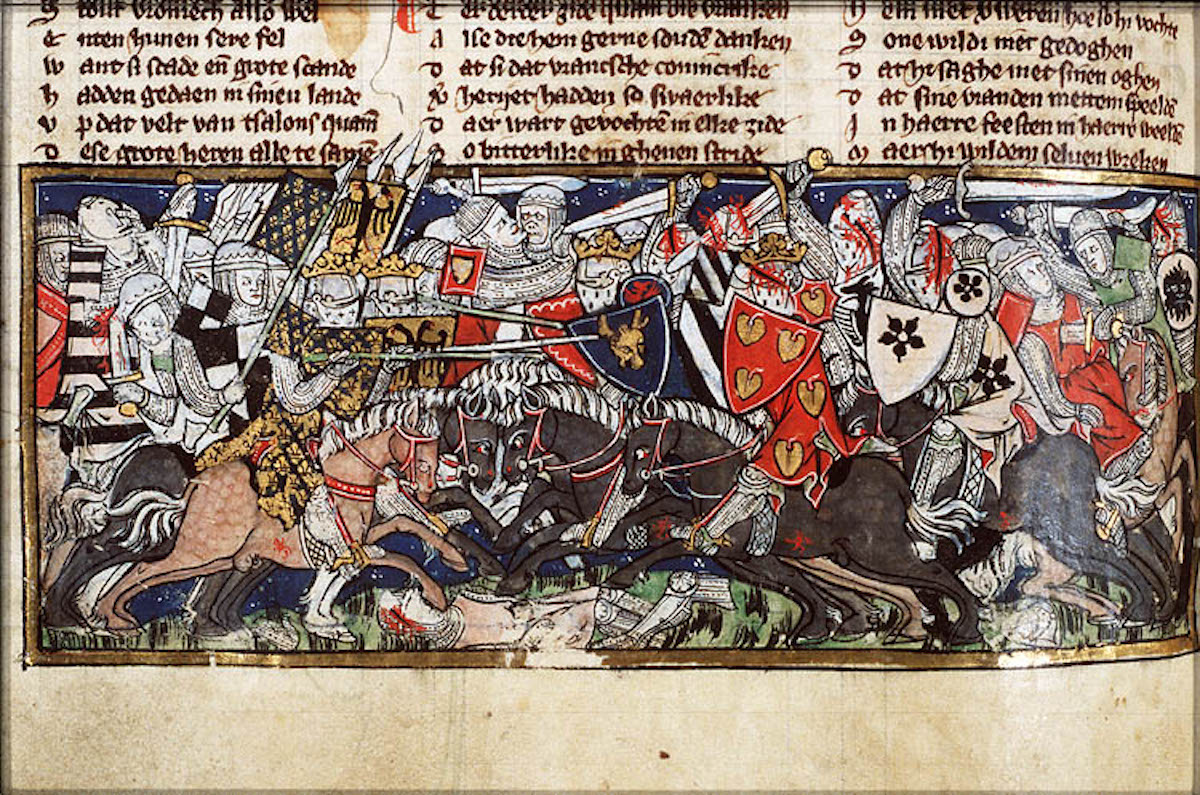Battle of the Catalaunian Plains: Attila the Hun vs. Aetius
At the Battle of the Catalaunian Plains in 451, a Roman-Germanic alliance commanded by Aetius was able to put an end to Attila the Hun's army. Nonetheless, the Western Roman Empire could not be saved by the triumph.




